How to Grow Low Porosity Hair – Follow These Timeless Remedies
Updated on
This post may contain affiliate links. As an Amazon Associate, we may earn from qualifying purchases.

“How did Rapunzel grow her hair so long?”
Well, legend has it – every time she would sing and talk to animals, her hair would magically grow longer.
Now, I can’t sing, nor do I fancy hanging around gossiping with the local farm cows.
People would think I’m crazy!
Unfortunately, for us mere mortals, genetically unfortunate curlies with low porosity hair, getting our locks on fleek every day is challenging enough.
Growing them out and retaining lengths is another frustrating story altogether.
But listen:
I don’t know about any magic tricks, but my grandma’s old-school remedies are just as good.
So let me show you how to grow low porosity hair and retain more lengths with some simple treatments that I’ve learned from my mother, and she learned from her mother …and so on.
Yep. The good old secrets that have been passed down from generations.
Table of Contents
- 1. Keep Your Hair Moisturized
- 2. Deep Condition With The Baggy Method
- 3. Pre-Poo Before Washing
- 4. Do a Rice Water Rinse Once a Month
- 5. Do a Deep Cleanse Twice a Month
- 6. Embrace Lightweight Oils
- 7. Do a Hot Oil Treatment to Grow Low Porosity Hair
- 8. Massage Your Scalp
- 9. Use a Scalp Massager When You Shampoo
- 10. Use Hair Growth Supplements
- How to Retain Lengths With Low Porosity Hair
- 11. Use a Microfiber Towel to Avoid Breakage
- 12. Trim Your Split Ends
- 13. Protect Your Hair From Heat Styling Tools
- Ingredients To Avoid When Growing Low Porosity Hair
- Boost Your Low Porosity Hair Growth
1. Keep Your Hair Moisturized
Moisture is the key ingredient for an effective low porosity hair growth routine.
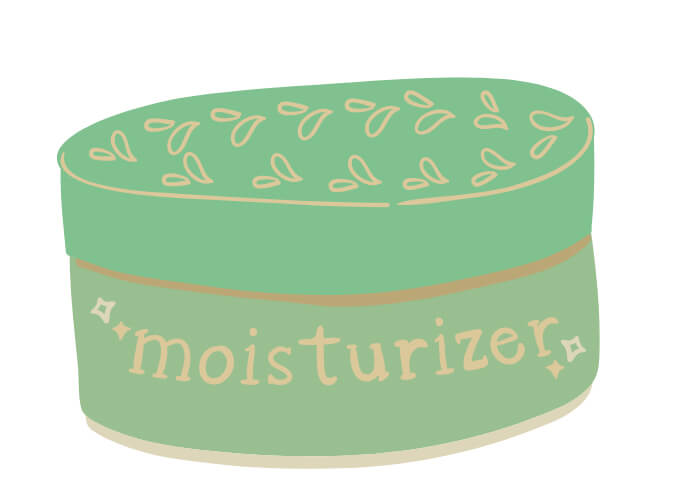
It helps the hair strands be elastic and flexible, allowing them to stretch and elongate without snapping like dry spaghetti.
Moisture and hydration also impart strength from within.
If you want your hair strands to grow longer, they need to be resilient and solid enough to withstand breakage that comes from daily styling.
But as you know, getting that moisture into low porosity hair is the biggest struggle of all.
The key is to understand what type of products work best for your specific curl type and how to apply them to crank up the moisture level.
Without further ado, let me reveal my grandma’s timeless remedies.
2. Deep Condition With The Baggy Method
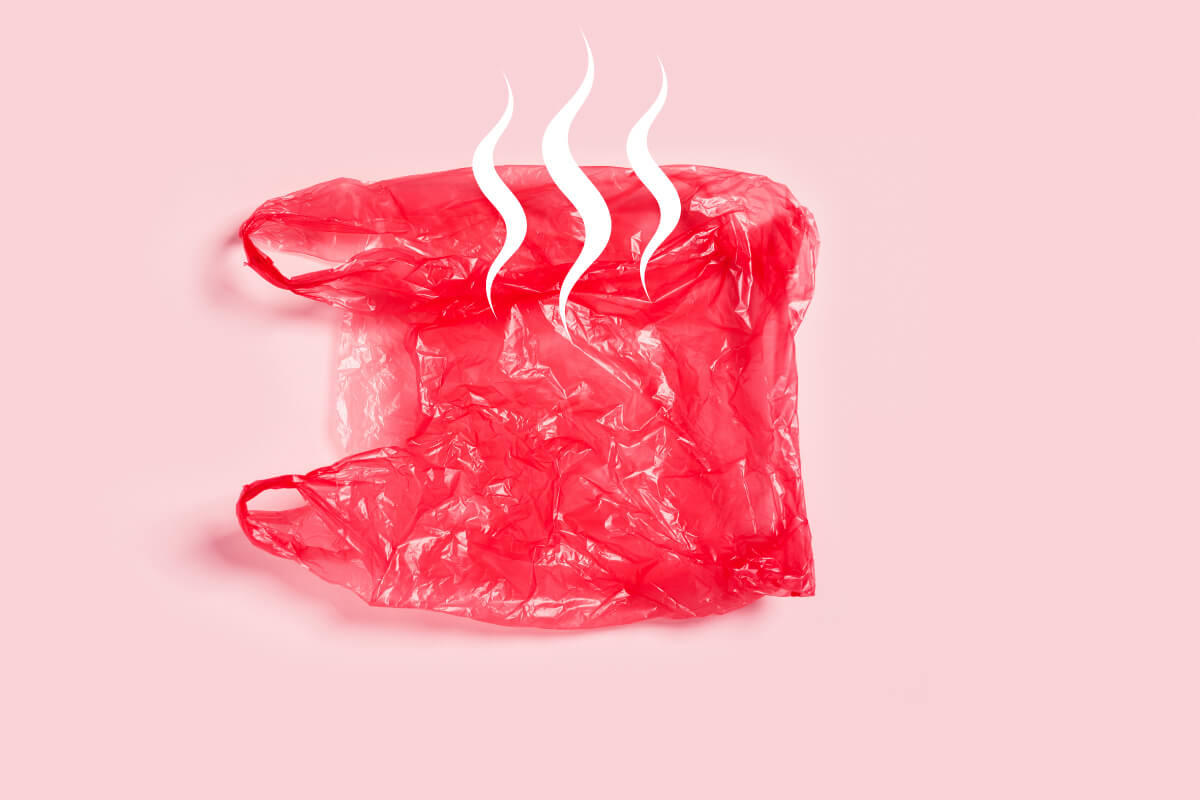
Deep conditioners are excellent treatments for boosting moisture. When you pair them with the baggy method, they get even better.
The baggy method generates steam from your body heat to transform the conditioning agents from your hair mask into vapor. And since vapor is weightless, it can easily navigate through the cuticles to shuttle moisture molecules inside the hair shaft.
Related: How the baggy method works for low porosity hair.
Another reason why this method works so well is that your product doesn’t go to waste. If you’d slathered the conditioner onto your hair without baggying, it would just sit there, unable to penetrate through the tightly-packed cuticles, creating more buildup, which in turn would make your hair dry and brittle from protein overload.
Here are the products I recommend:
- SheaMoisture intensive hydration hair mask
- A plastic bag or shower cap
- A hair steamer (optional)
Do the LCO Method
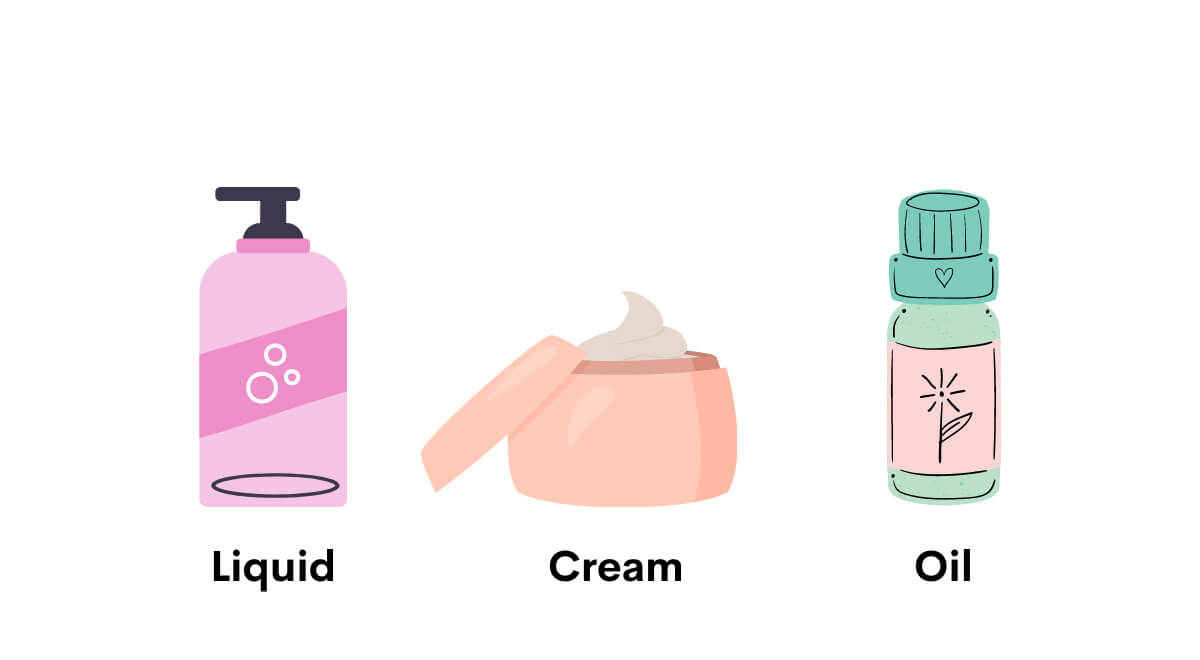
The LCO method, which stands for Liquid, Cream, and Oil, is an excellent technique for layering products in a specific order to moisturize and seal low porosity hair.
The science behind it is like this:
Liquid softens the hair cuticle layer, which opens up to soak in moisture. The cream is then applied to infiltrate straight away. Once the cream is in, the oil is used to seal and lock moisture in.
Related: The LOC method explained.
My mother used to do it with raw Shea Butter and light oils like Argan, Sweet Almond, or Grapeseed oil. However, during the winter, she switched to heavier oils like Castor, Olive, or Avocado oil.
Most people do the LCO method with products that suit their hair.
If you’re not sure where to start, here’s a quick starter pack for the LCO method on low porosity hair:
- Liquid: Kinky curly knot today
- Cream: Mielle Twisting Souffle
- Oil: Cantu Tea Tree & Jojoba Oil
3. Pre-Poo Before Washing
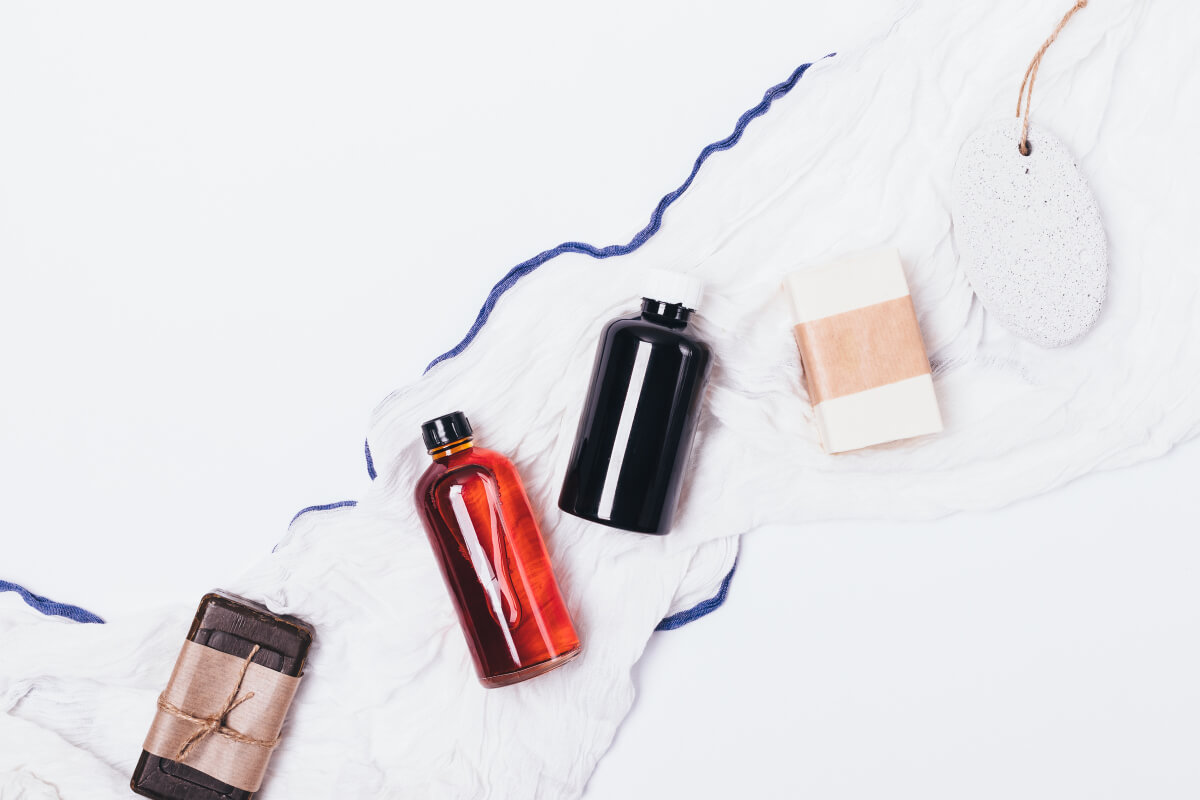
Another treatment that helps to juice things up nicely in the hair’s moisture department is the pre-poo method.
Pre-pooing means pre-shampooing.
It’s a technique that preps your hair before washing to prevent the harsh surfactants from shampoos from stripping the hair strands dry from their natural lubricating oils.
This process is essential because it prevents the alkaline effect of shampoos from disrupting the pH balance of your hair and scalp, which is crucial for maintaining the healthy moisture level your hair craves.
To do the pre-poo method on low porosity hair, you’ll need a lightweight oil or conditioner and a sulfate-free shampoo.
Here are the step-by-step instructions on how to do it:
Products you’ll need:
- African Pride Moisture Miracle Pre-Shampoo Mask
- Wet brush for detangling
- Shower cap
- Shea Moisture Intensive Hydration Shampoo
Follow these steps:
Wet your hair first
For low porosity hair, it’s essential to saturate it with water. It will help the pre-poo mask soak into the cuticles faster.
Divide and conquer
To ensure you cover all of your hair properly, divide it into sections so that you can work the mask in without missing any part.
Apply the conditioner to each section
Slather the conditioning mask generously in each section and massage it thoroughly. Use your fingers lightly to detangle the hair in upwards motions.
Detangle with a wet brush
Use your wet detangler brush to help distribute the conditioning mask evenly while detangling the hair.
Tie your hair up
Once done with the detangling process, squish your hair a bit, then tie it all up into a bun.
Cover with a shower cap
Cover your hair with a shower cap and leave it on for about 30 minutes.
Rinse out
After 30 minutes, rinse it out and go ahead with your shampoo and conditioner routine.
Adding a pre-poo step to your wash day routine protects your hair from the harsh stripping effects of shampoos.
4. Do a Rice Water Rinse Once a Month
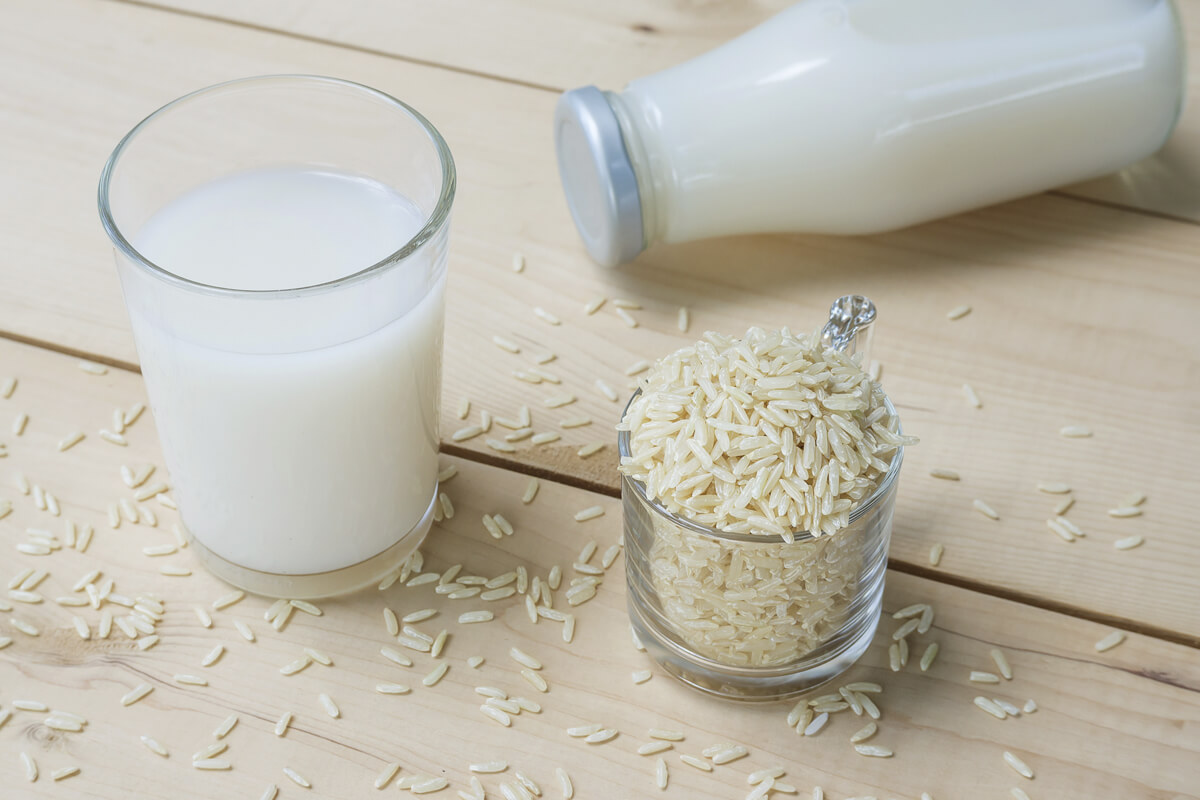
Okay, I know there are many conflicting debates online about using rice water to grow low porosity hair longer.
Some people say it works. Some say it doesn’t.
At the end of the day, it all depends on how your hair takes it.
Most people who claim it makes their hair worse probably tend to overdo it.
The best way to use rice water rinses to help low porosity hair flourish is to do it once a month.
Here’s why I love it …
My grandma was always a bit of a hodgepodge. The most eccentric side to her, in my opinion, was that she would wash my hair with rice water. She told me it was because we didn’t want our scalp clogged by all the chemicals from modern hair products we use.
I don’t know if it did anything for my hair, but I loved going over there every Sunday afternoon just so she could wash out what smelled like heaven to me – rice cooking on the stovetop and soap bubbles plopping down into the sink basin.
But now, I get it. Rice water has been used for centuries as a natural way to grow hair longer and stronger.
In fact, in ancient Japan, women would comb their floor-length hair using Yu-Su-Ru, the water obtained from the rinsing of rice.
One of the many benefits of fermented rice water for hair is that it’s rich in minerals, proteins, starches, and vitamins like selenium, magnesium, folic acids, vitamin B1 through B6, Niacin, and vitamin K. Also, it has Inositol, which is a carbohydrate that helps strengthen the hair.
So here’s how you can use rice water for low porosity hair growth:
- Put 1 cup of strained rice into a jar
- Add 3 cups of water
- Wait 12-24 hours to let the water soak up the nutrients
- Apply the water and leave on for about an hour
But as I said, do it once a month. Otherwise, you may risk overloading your hair follicles with the rich protein and starches from the rice-infused water.
You can watch this Youtube video, which explains how to use rice water on low porosity hair for best results.
5. Do a Deep Cleanse Twice a Month
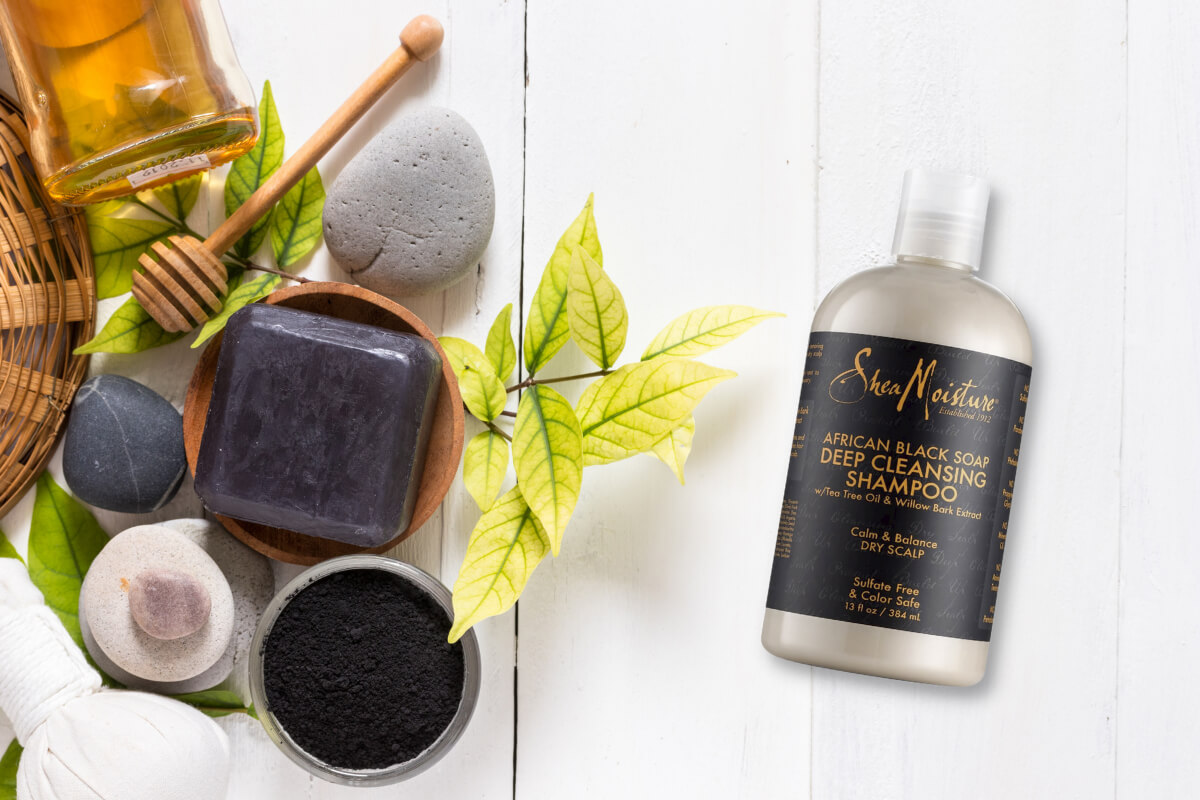
Everyone should use a clarifying shampoo every now and then to remove buildup and residues that accumulate in the hair and on the scalp.
A clarifying shampoo works as a gentle exfoliant to sweep away all the impurities that otherwise collect to harbor bacteria like fungus on the scalp, which can infect the hair follicles, causing hair loss.
Aim to use a clarifying shampoo on low porosity hair twice a month. It will help scrub out all the residues that block moisture and purge your scalp from malicious bacteria that could be eating away your hair roots.
Make sure you always finish off washing with a cold water rinse to force the cuticles to shut for a smooth and shiny finish.
My grandma swears by the antifungal, antibacterial, and profound cleansing powers of the raw African Black soap.
And luckily, there is a clarifying shampoo for low porosity hair made with it:
Shea Moisture African Black Soap Shampoo
See more options here: Best clarifying shampoos for natural hair.
6. Embrace Lightweight Oils
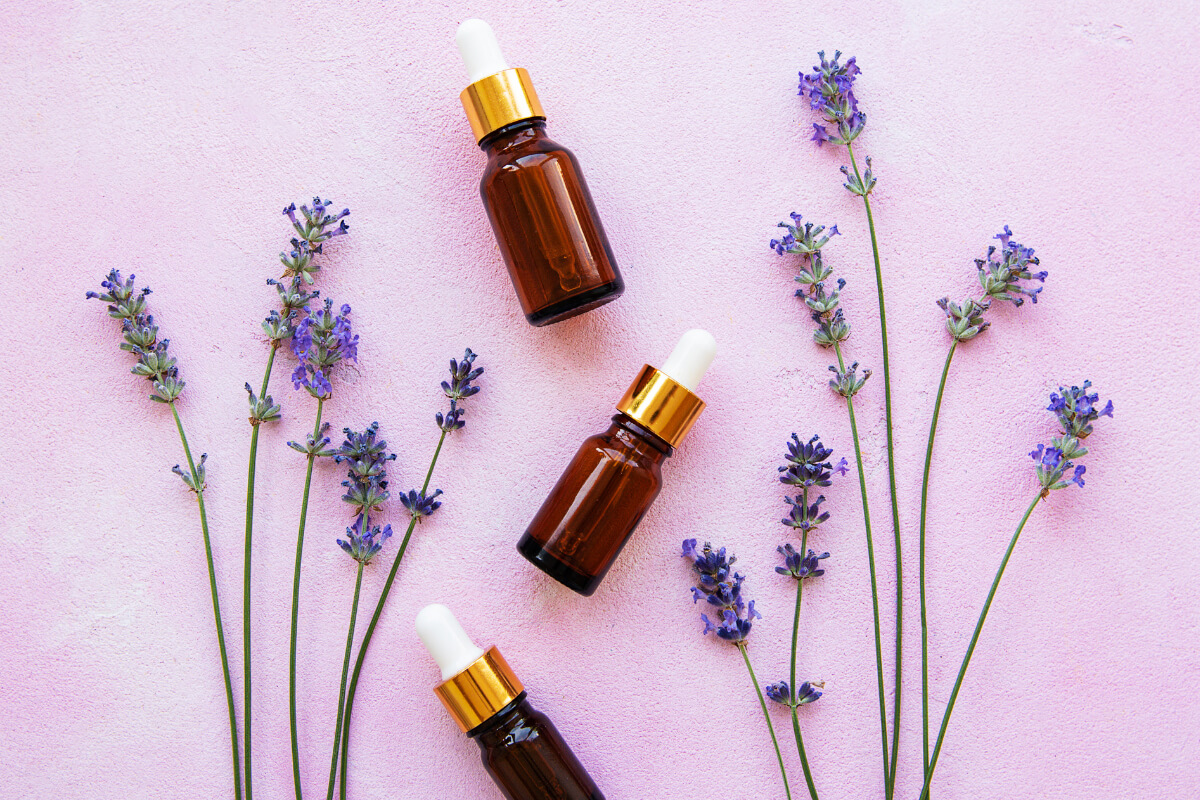
Like rice water and deep conditioners, oil treatments are remarkably effective for boosting nutrients and proteins to your hair. Those nutrients make for stronger strands that are less prone to breakage and damage, which helps the growth process.
Recommended: Best lightweight oils for low porosity hair.Tip:
You can also add a few drops of essential oils to your base for their extra aromatherapeutic benefits and delicious scents.Hair oil treatments are pretty straightforward. All you need to do is distribute the oil of your choice throughout the length of your hair and wait at least an hour before washing it out. You can wear a plastic bag or shower cap over your Elvis Presley-inspired hairstyle to lock in heat.
If you don’t want to baggy your hair, you can heat the oil instead.
7. Do a Hot Oil Treatment to Grow Low Porosity Hair
Like the greenhouse effect, heat allows the oils to penetrate the hair shaft for more intense hydration. It will nudge the cuticles to flex and allow the oils to seep into the hair structure for maximum moisture.
To do a hot oil treatment, follow these simple steps:
- Take two tablespoons of coconut or olive oil
- Heat it in the microwave on high for one minute
- Then apply directly to damp hair from root to tip before going to sleep
- Wear a heat cap to avoid messing up your pillowcase
This is one of the best ways to moisturize your hair overnight.
8. Massage Your Scalp
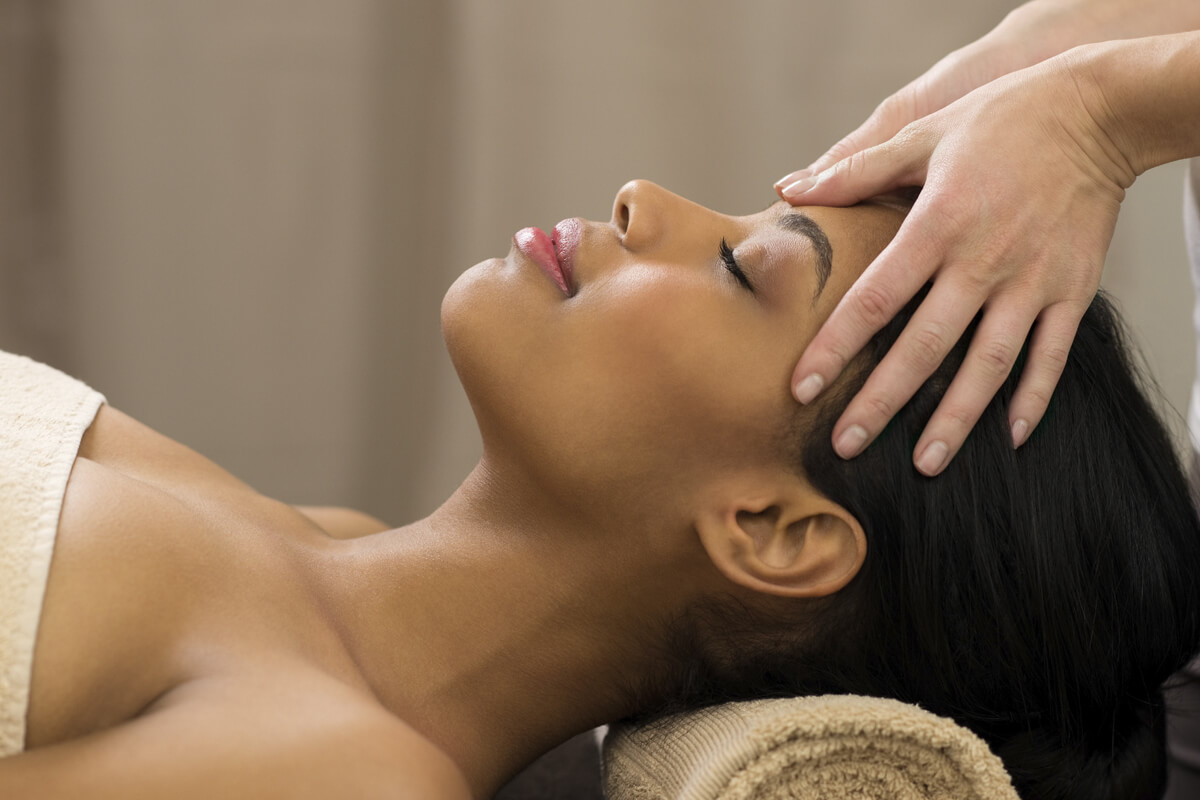
The more blood that flows to your scalp, the quicker your hair will grow, and it will grow stronger and thicker as well!
Massaging your scalp stimulates hair growth by stretching and activating the cells in the follicles area, promoting more activity in the lazy and dormant ones.
Before a wash day:
- Massage your favorite oil into your scalp for at least 10 minutes
- Keep your head flipped over to heighten the blood flow to the scalp.
- Just don’t pass out in the process.
Massaging used in conjunction with hair oils will significantly increase visible growth, and your new hair will be strong and thick from the jump!
9. Use a Scalp Massager When You Shampoo
A scalp massager brush helps to stimulate the hair follicles, which increases blood flow to these tissues. This increased circulation helps promote new cell growth and also assists with removing toxins from the scalp, which may be clogging up your pores.
The bristles are made from high-quality silicone that can scrub without causing rough surface tension on sensitive scalps. I personally love it, and I use one every day, even on my dry hair, to loosen up flakes, dust, and dead skin cells to decongest my scalp and let it breathe.
Scalp Massager Brush
This tool is so convenient. With regular use, you’ll notice a considerable difference in the cleanliness and health of your scalp and hair!
10. Use Hair Growth Supplements

Hair Gummies are chewable supplements that are specially formulated to promote hair growth in both men and women.
Okay, this one is new. Definitely not in my grandma’s old-school remedies book, but the concept is simple and effective.
Your hair health also depends very much on what you consume.
With today’s hectic lifestyle, none of us has the time to eat balanced, organic, fresh-from-nature food that is essential for healthy hair and skin.
Today, it’s all about instant Collagen, instant Biotin, and instant Liposomal Vitamins that you can just pop into your mouth as part of your daily routine.
Hair gummies are as effective as your Liposomal Collagen boosters.
Formulated with Biotin, Collagen, Vitamin B5, Keratin, and Essential Amino acids, they boost hair and scalp health from within.
And the best thing part is that you don’t even need any time and effort for it.
Just pop one in your mouth in the morning every day and see the noticeable difference in as little as 4 weeks.
Recommended: The best hair gummies to nourish your hair from within.
How to Retain Lengths With Low Porosity Hair
Finding new ways to grow low porosity hair out is great, but making sure you’re keeping those newly-found lengths in the process is also essential.
Here are some tips to help you preserve those precious inches:
11. Use a Microfiber Towel to Avoid Breakage
Conventional towels are rough on your locks, causing friction, frizz, and breakage, which are counterproductive when you’re trying to hold on to your precious lengths.
A microfiber towel works differently.
It soaks up excess water from your hair without the need to rub. Just wrap it around your head once you hop out of the shower and leave it on for like 15 mins. Then unwrap for smooth, frizz-free, untangled hair that you won’t even need to take a brush to.
Less tangles and knots lead to less breakage. And over some time, you will definitely notice how much it improves your hair growth process.
Here’s the best towel I recommend:
Aquis Microfiber Towel
12. Trim Your Split Ends

Split ends can hinder your hair growth.
It doesn’t matter if you have low or high porosity hair. Hair splitting and fraying at the ends is a normal thing that happens to everyone.
That’s because the tip of the hair is too far from the scalp to benefit from the natural lubrication (sebum) that your scalp provides.
If you notice your hair is getting shorter than usual, chances are, your split ends are playing tricks on you.
If you put off trimming them, they will gradually cause more and more breakage giving the illusion of stunted hair growth.
Don’t have time for regular salon appointments?
Use products that are suitable for sealing textured hair without any silicone.
For example: Anti-frizz serum for afro hair.
13. Protect Your Hair From Heat Styling Tools
Heat damage can also put a serious damper on your hair growth.
The more you heat style your hair, the less growth potential it has because your hair goes in a constant state of recovery from the dryness. Recovery time varies depending on how frequently you style your hair. It may take anywhere from 24-72 hours before full recovery occurs and water begins to penetrate back into the cuticle layer again.
Excess heat also makes your hair dry and brittle, which causes more split ends and breakage.
Related: How to recover natural hair from heat damage.
Whether you’re using a blow dryer, a hair straightener, or curling iron, make sure you protect your hair.
Here are some heat styling products you can use to help:
Hair dryer Diffuser:
A hair dryer diffuser prevents direct heat concentration on the hair.
Heat Protection Spray:
A heat protection spray shields your hair from hot tools by creating an extra layer of protection from the direct heat.
Ingredients To Avoid When Growing Low Porosity Hair
When caring for low porosity hair, there are 2 important things always to remember:
- Moisture
- Buildup
One of them is good, the other – Not Good.
Why?
Buildup and residues clog the hair cuticle layers, making it even more difficult for moisture to get into the hair.
So let me tell you about the ingredients you need to throw out from your pantry to support your hair growth process.
Avoid Heavy Oils
Coconut oil
Coconut oil is high in fat, making it more appealing for those with dry or high porosity hair. But when you have low porosity hair, the fatty content can do more harm than good.
Because of its thick consistency, coconut oil takes longer to absorb into low porosity hair types, therefore sitting on top blocking moisture.
Castor oil
Like coconut oil, castor oil also has a thick consistency.
Another reason why castor oil doesn’t work well on low-po hair is its sticky non-soluble texture, making it hard to wash out.
Boost Your Low Porosity Hair Growth
So there you have it.
A solid list of tips for growing low porosity natural hair and improving length retention.
Whether your hair is curly, straight, thin, or even high porosity, every hair type can benefit from these treatments that transcend generations.
You just have to make a start and be consistent with it.
About the Author
 Shehnaz Shirazi
Shehnaz ShiraziShehnaz Shirazi has been writing in the beauty and cosmetics industry for over 8 years, sharing her expansive hair care and beauty knowledge. Shehnaz researches and tests new hair care trends and publishes her insights here.


